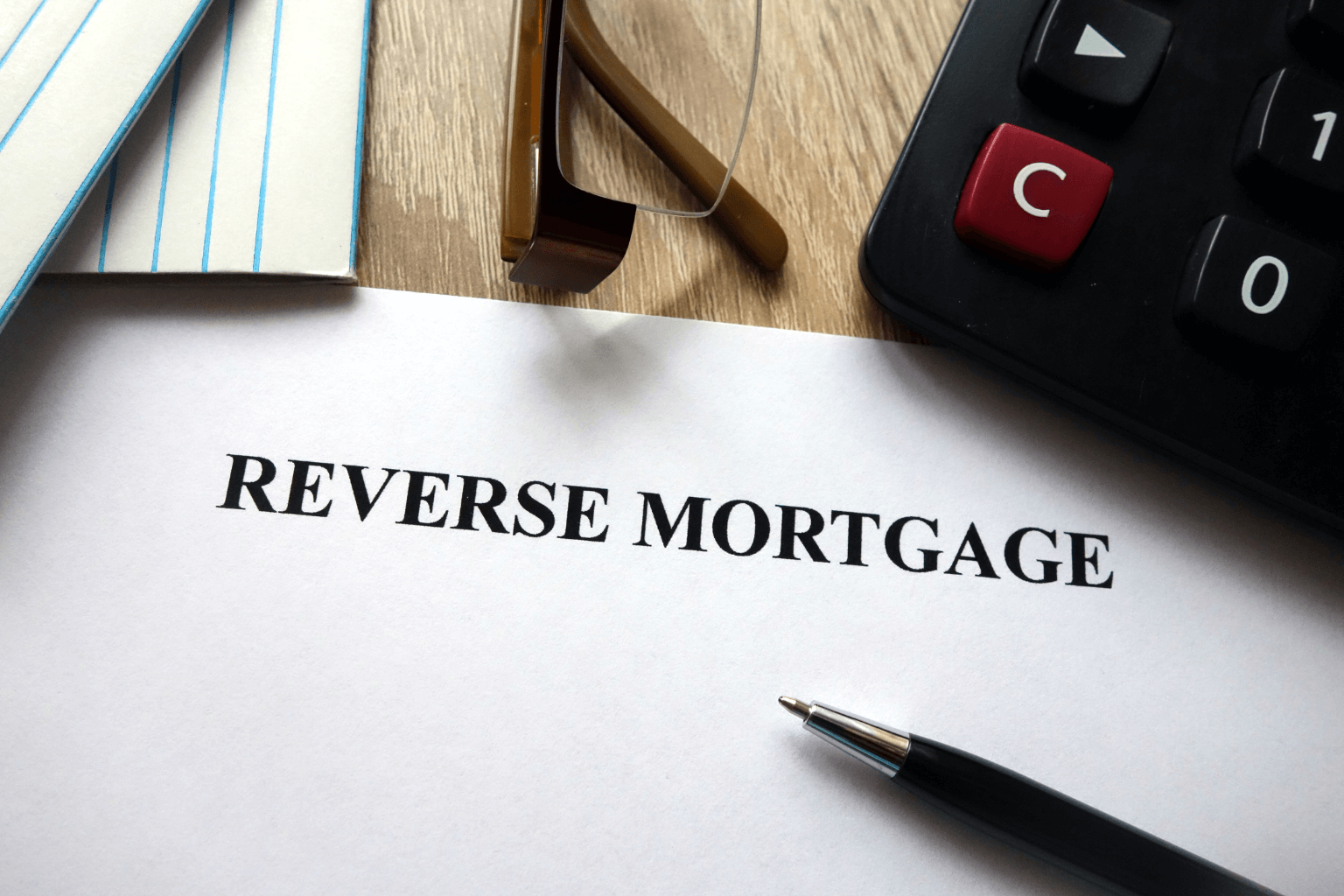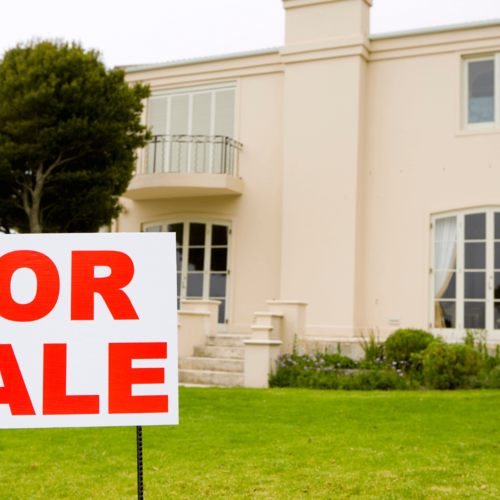What to Consider Before Selling a House With a Reverse Mortgage
Yes, it's possible to sell a home with a reverse mortgage, and the process is manageable. The first step is to contact our lender and request a payoff quote to know exactly what we owe, including fees and interest. It's also essential to notify the lender of our intent to sell within 30 days. Although it may seem complex, this option can help us free ourselves from debt and achieve greater financial freedom. By learning the process and considering all our options, we can make confident and informed decisions.
Key Takeaways
- Yes, you can sell a home with a reverse mortgage, but you must notify the lender first.
- Request a payoff quote to learn the exact loan balance.
- Work with a real estate agent who understands reverse mortgages.
- The sale price must cover the remaining loan amount to remove the lien.
- Consider the emotional and financial implications before deciding to sell.
Understanding Reverse Mortgages and What Happens When You Sell

When we decide to sell a home with a reverse mortgage, it is essential to understand how this type of loan works. A reverse mortgage loan enables us to convert our home equity into cash without requiring monthly payments. But when it's time to sell, the full balance becomes due.
Once we notify the lender, they'll give us a written payoff amount. This helps us know if the home's current value can cover what we owe. If home values have increased, we may even walk away with a profit after paying off the loan. If we owe more than the home is worth, we may still be able to sell using special protections offered by the loan program.
AARP's Reverse Mortgage Guide explains how reverse mortgages work, what happens when you sell, and how to manage the payoff process.
Steps to Sell a Home With a Reverse Mortgage

Selling a home with a reverse mortgage takes a few straightforward steps. Here's what we need to do:
Notify the Lender
We must tell the lender we plan to sell the home—ideally within 30 days. This keeps us in good standing and prevents any complications.
Request a Payoff Statement
This document outlines the amount we owe, including interest, fees, and service charges.
Hire a Knowledgeable Agent
An agent who understands reverse mortgages will know how to handle the paperwork and guide us through the process.
Get a Home Appraisal
A fair market appraisal helps us set a proper price and ensures the sale will cover the mortgage debt.
Complete the Sale
Once we sell, the reverse mortgage gets paid off from the proceeds. Any leftover money is ours. If the sale results in a significant gain, be sure to review your capital gains tax responsibilities.
Should You Sell a Home With a Reverse Mortgage?

Think About Equity and Future Plans
If we've built equity, selling a home with equity can provide us with cash for other expenses. But if we owe more than it's worth, that changes the game.
Emotional Factors Matter
We may have strong feelings about leaving the home we've lived in for years. That's okay. Let's weigh both the emotional and financial pros and cons before acting.
Must-Read Alert: While you're here, check out Sell an Inherited House Fast. It's gaining serious traction, and it's beneficial if you've inherited a home tied to a reverse mortgage.
Pros and Cons of Selling a Reverse Mortgaged Home

Pros
- No Penalty for Selling: We can sell at any time without incurring early repayment fees.
- Potential Profit: If the market has risen, we might earn equity after paying off the loan.
- Flexibility: Selling can allow us to move, downsize, or live closer to loved ones.
Cons
- Selling Costs: Agents, closing fees, and repairs may reduce the amount we retain.
- Possible Shortfall: If the sale price doesn't cover the balance, we may need help through special FHA protections.
Alternatives to Selling a Home With a Reverse Mortgage

Before we decide to sell, here are a few other options we can explore:
- Refinance the Reverse Mortgage: This may lower fees or extend the time we can stay.
- Rent Out a Room: Generate income while keeping ownership.
- Apply for Local Senior Aid: Some programs offer tax breaks and in-home services that make it easier to stay in your own home.
- Modify the Home: Use the reverse mortgage funds to make the home more accessible, reducing the urge to move.
In some cases, reverse mortgage homes are inherited by family members after the borrower passes away. If you're dealing with that situation or know someone who is, this helpful video breaks down key considerations to watch out for when inheriting a house, including hidden costs, taxes, and potential legal issues that could impact your decision to sell or keep the property.
And if you live in or near Suisun City, California, we can help you sell your reverse-mortgaged home quickly and hassle-free.
Conclusion
To sum it up, we can sell a home with a reverse mortgage, but we must understand the whole picture. With the proper knowledge, a helpful real estate agent, and a solid plan, we can take control of our financial future. Whether we choose to sell or explore other options, our goal is to make a decision that aligns with our lifestyle, finances, and overall peace of mind.





